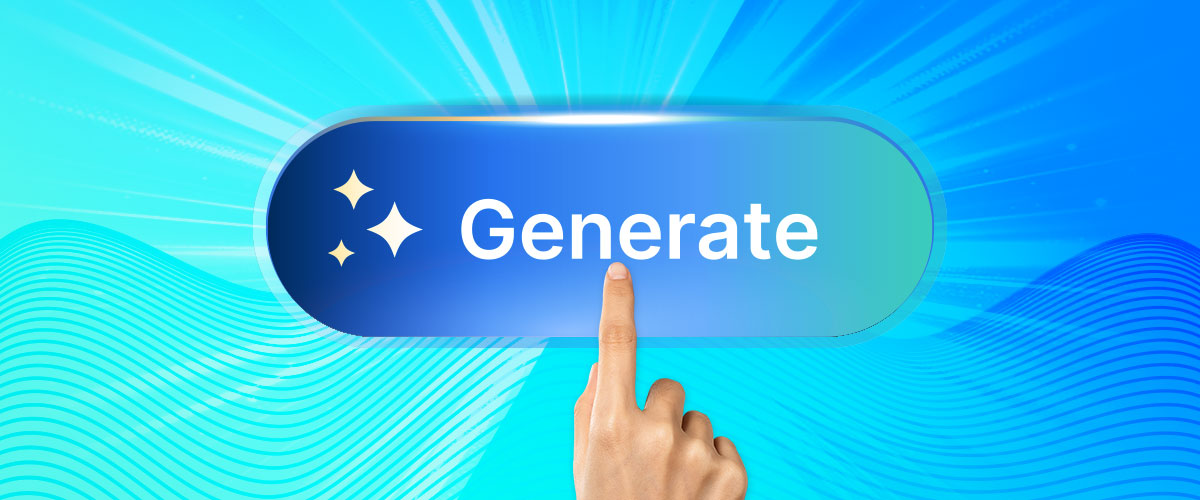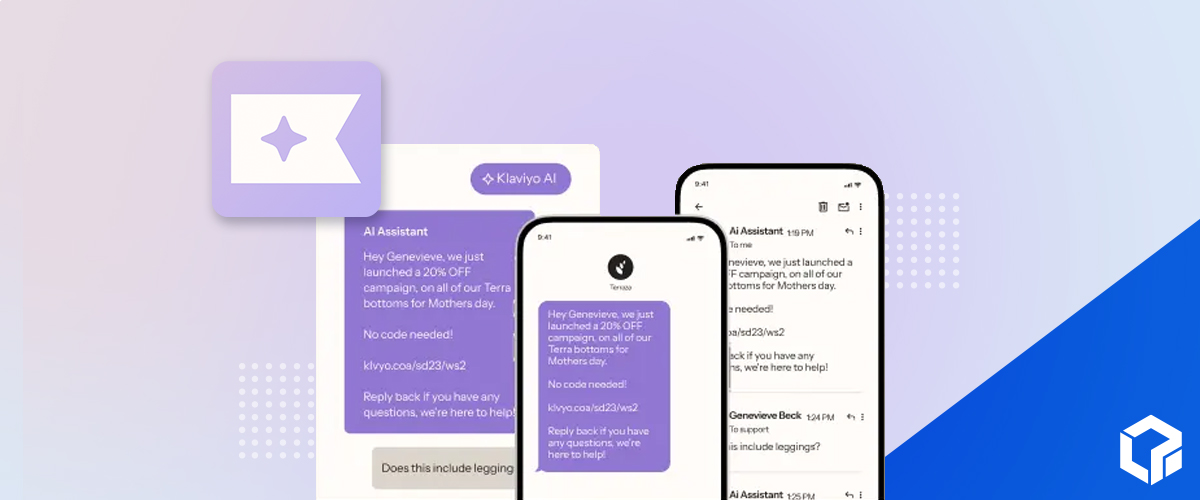OpenAI just announced the launch of its new web browser, ChatGPT Atlas, described as a browser built ‘with ChatGPT at its core.’ While browsers may seem pedestrian compared to flashy AI models, this move has major business implications, especially for brands and agencies, or anyone else who relies on digital traffic, search engines, and customer-acquisition economics.
Let’s walk through what Atlas is, why it matters, and what businesses should be doing about it.
What is Atlas?
Here are the key pieces:
- Atlas is a browser built by OpenAI that integrates the ChatGPT assistant directly into the browsing experience: users can ask questions about a webpage, have it summarised or analyzed, and the assistant carries context from the page.
- A central feature called “Agent Mode” allows the browser (via ChatGPT) to perform tasks on the user’s behalf [research, shopping, navigating sites] coming first to paid subscribers.
- Browser memories: the browser can optionally remember browsing context, past activities, to deliver personalized assistance (with privacy controls).
- Launch details: initially available on macOS (free and paid tiers), with Windows, iOS, Android versions promised.
- Importantly, this is positioned as a shift: instead of the browser being just the delivery vehicle for search, the browser + assistant becomes the interface for how people use the web.
The Good News Five Reasons Why it’s Exciting
Key details from a business perspective:
- New gateway to user attention & search
Traditionally, the major battlegrounds have been search engines (e.g., Google Search, Bing) and social platforms. But a hybrid ChatGPT/browser experience becomes an opportunity to own attention. Brands need to be ready for a new kind of “search” and “discovery” funnel.
- Potential for monetization and advertising disruption
One of the key lines in the launch commentary is that OpenAI appears to be following an already established revenue playbook (Google, Meta, Microsoft, and more) by creating a place for organic and paid results.
Why does that matter? Because for decades Google and Microsoft (and others) have monetized search results, browser defaults, display ads, etc. If a major browser becomes an entry point where user queries, browsing context, and tasks are mediated by an AI assistant, then the way the “ad impression” and “click” economy works shifts. Brands must anticipate that their visibility, placement, and user path could change, not just for paid search and organic rankings, but for how users interact with content and tasks.
- Shift from “links” to “actions” and “assistants” in user workflows
Traditional search works like this: a user enters a query, receives a list of links, and then clicks a link. With the Atlas model, a user opens a browser tab, asks ChatGPT via a side panel, receives a summary or answer, and may then delegate the assistant to act (book, research, compare) without necessarily clicking. With the Atlas model, a user opens a browser tab, asks ChatGPT via a side panel, receives a summary or answer, and then they may delegate the assistant to act (book, research, compare) without necessarily clicking. The entire awareness, research, and conversion experience would all happen in one interface.
The question for businesses to answer is:
‘How do I convert when a user doesn’t visit my website?’
In Short: your funnel may need to evolve for an era where assistants mediate discovery and action.
- Data, personalisation & privacy implications
Because Atlas is built to remember context (if the user permits), gather browsing history, and enable task-automation, the value of user-data and context becomes more real. For businesses, that means more opportunities for personalized targeting, but also more risk in privacy, data ethics, compliance. The browser layer becomes fertile ground for identity, persistence, and personalized experience.
- Competitive advantage for early movers
If Atlas, or other AI browsers, capture meaningful traction, the first brands and agencies that optimize for “assistant-first” discoverability, task-automation hooks, and smart content adaptation, will have a head start. Since OpenAI already has a large installed base for ChatGPT, this may accelerate. How ready are you?
Action Items What Businesses Should Consider
Here’s a framework for action in six practical steps
- Audit your content for “assistant readiness”
Begin treating your web presence not just for traditional search engine ranking, but for “AI-assistant consumability.” Consider creating structured snippets, FAQ-style content, and micro-actions (calculate cost, check availability) that map into assistant workflows.
Questions to ask:
- Does your content easily lend itself to summarisation, structured answers, clear tasks?
- Could an assistant pick up relevant pieces of your site and act on behalf of a user (e.g., “Find the best cleaning service near me under $100/hour” → your site)?
- Map user tasks, not just keywords
With an AI-browser interface, users are going to think more in terms of tasks (“Plan a business-trip laptop purchase under $1,000”) than just keywords (“best laptops 2025”). Businesses should model their funnels accordingly: What tasks does the user have, and how can your content and experience serve them end-to-end?
- Prepare for new ad / placement models
As the browser becomes a monetisation layer, pay attention to how paid opportunities evolve. Could there be “assistant-promoted content,” “task-completion sponsorships,” or “browser default placements” that differ from SERP ads? Agencies should begin exploring and monitoring.
- Adapt UX and site design for context-aware assistants
Since assistants embedded in the browser will rely on page structure, side-panels, and contextual data, make sure your site:
Uses semantic markup (schema.org, clear H1/H2, metadata)
Loads quickly and supports interactivity (so that assistants can “see” and summarise)
Provides task-hooks (e.g., “Add to cart”, “Book now”, “Compare”), because if the assistant can trigger actions, you want to be ready.
- Test assistant-first metrics
Expand your KPIs. Beyond clicks, impressions and conversions in the old sense, track:
How many users arrive via the AI assistant layer (when available)
How many tasks were completed via an assistant-triggered action on your site
Share of “zero-click” conversions (i.e., the user gets an answer via assistant and doesn’t need to click your page) and whether that reduces or changes your traffic model.
- Stay ahead of the ecosystem change
Monitor how Atlas and other AI browsers (e.g., Comet Browser from Perplexity) evolve: What features they launch, how they monetise, how they prioritise content and action. Early movers will get a learning curve advantage. Also monitor policy/regulation (privacy, AI-agent ethics) which will shape how browsers operate.
Final Take
The launch of ChatGPT Atlas is more than just “another browser.” It represents a structural shift in how consumers may access the web: from tab-driven search to assistant-driven tasks; from clicks to actions; from links to context. For businesses and agencies, that means the rules of the game are shifting.
If you’re still optimizing for “rank and click,” it’s time to ask: what about “assist and act”? The brands that begin optimising for the browser-as-assistant era now will be better positioned as the AI-browser wave grows.
At Logical Position, we’ll be watching this space closely and helping our clients adapt to whatever emerges. If you’d like to explore how this might impact your brand’s search, content or conversion strategy, we’re ready when you are.





